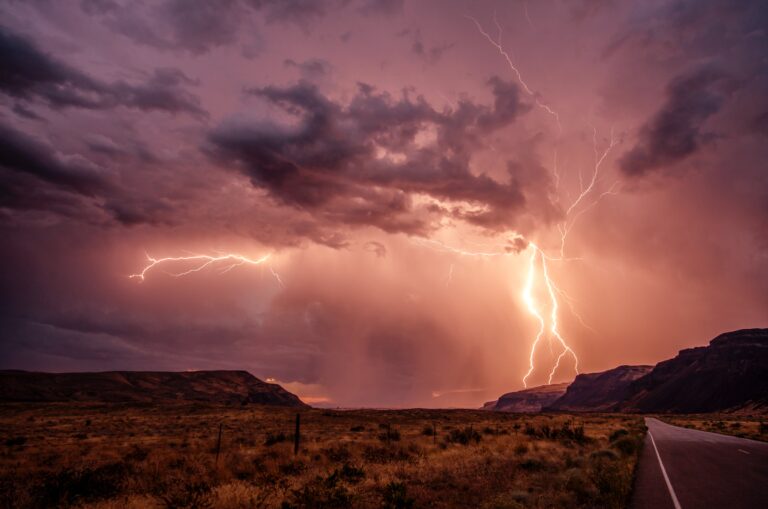Call it the People’s Republic of Renewables. You will be astounded by China’s green revolution.

The usual cry is that China is the most polluting nation in the world (which it is). People cannot put out of their minds the pictures of smoggy conditions around the time of the 2008 Beijing Olympics. And then there are the stories of how the Chinese have even more coal plants in the pipeline to feed their seemingly insatiable thirst for energy.
MORE ON CHINA: U.S.-China Climate Relations Restart With Green Shipping Deal; Plus, Net-Zero Lawsuits Begin
MORE ON CHINA: China’s Long Game On Climate Change Pits Global Warming Against Xi’s Political Survival
But then there’s this: That China — by far — is doing the most to develop renewable energy. Consider, for instance, these two headlines: “China Added More Solar Panels in 2023 Than US Did In Its Entire History” and “China built more solar panels in 2023 than entire world in 2022.”
The figures come from the International Energy Agency’s recently released round-up of 2023’s green power progress, which details how worldwide renewables grew about 50% in just one year. “The world’s capacity to generate renewable electricity is expanding faster than at any time in the last three decades,” the IEA said, adding that “This worldwide acceleration in 2023 was driven mainly by year-on-year expansion in China’s booming market for solar PV (+116%) and wind (+66%).”
So, why can China do this and the rest of the world lags? First, because it is an authoritarian nation; if President Xi Jinping says he wants something done, his underlings make sure it is. Second, the Chinese population have made it clear that they are fed-up with pollution and the health challenges that come with it; in other words, even dictators have to pay attention to their subjects or they may face a revolution (remember Tiananmen Square?). And third, the Chinese are complete masters of the supply chains for both solar and wind installations. In other words, they face far fewer of the issues that have slowed solar and, to an even greater extent, wind installations in the U.S., Europe and elsewhere.
And so, as the IEA notes in its report, the world’s second largest economy is expected to be responsible for almost 60% of new renewables by 2028. In addition, China’s breakneck green expansion will likely mean that Xi’s promise that his nation’s emissions will peak in 2030 could mean it starts falling this year.
Lìng rén yìnxiàng shēnkè de chéngjiù (Impressive achievement). Now, let’s get rid of that coal.





